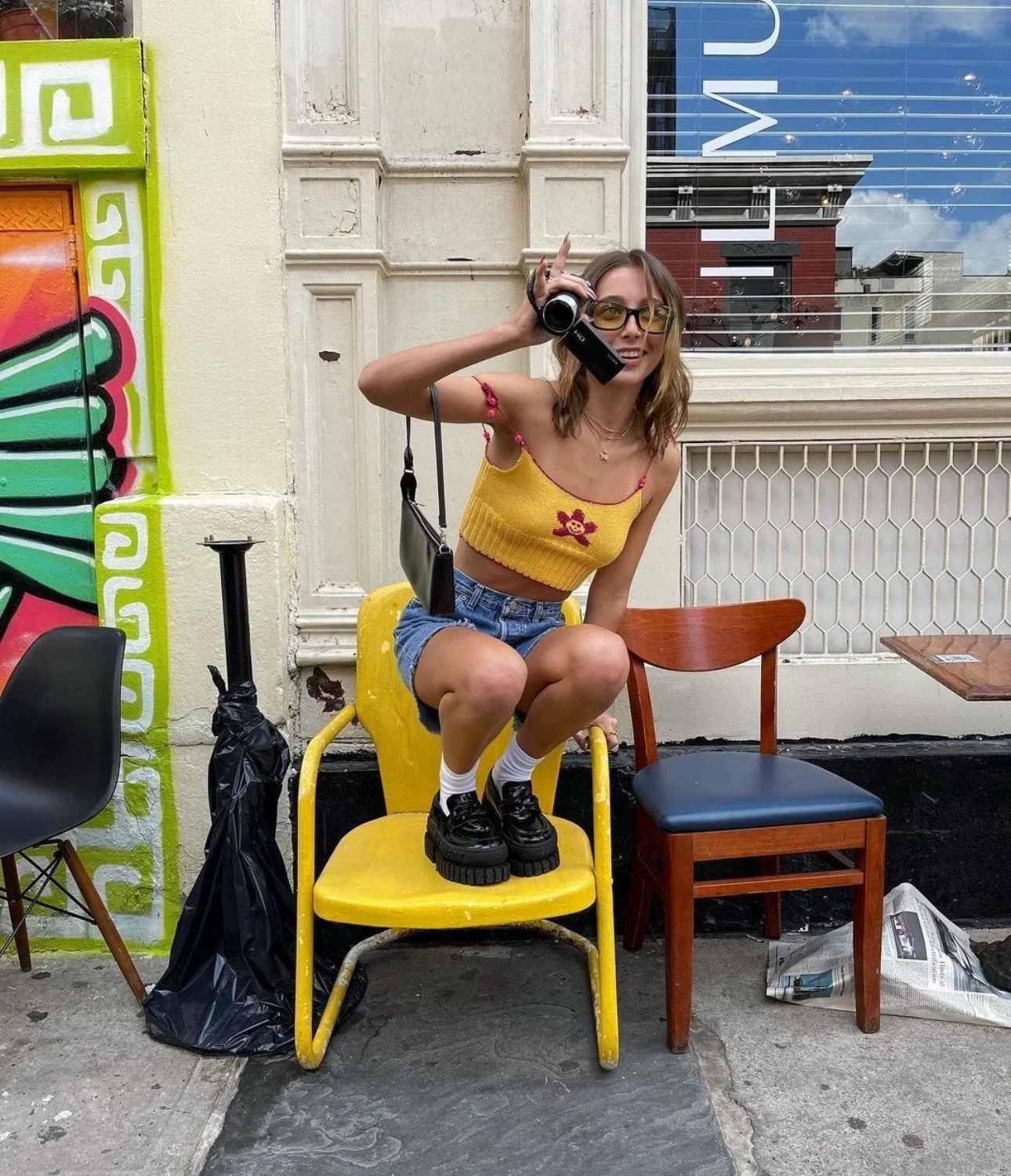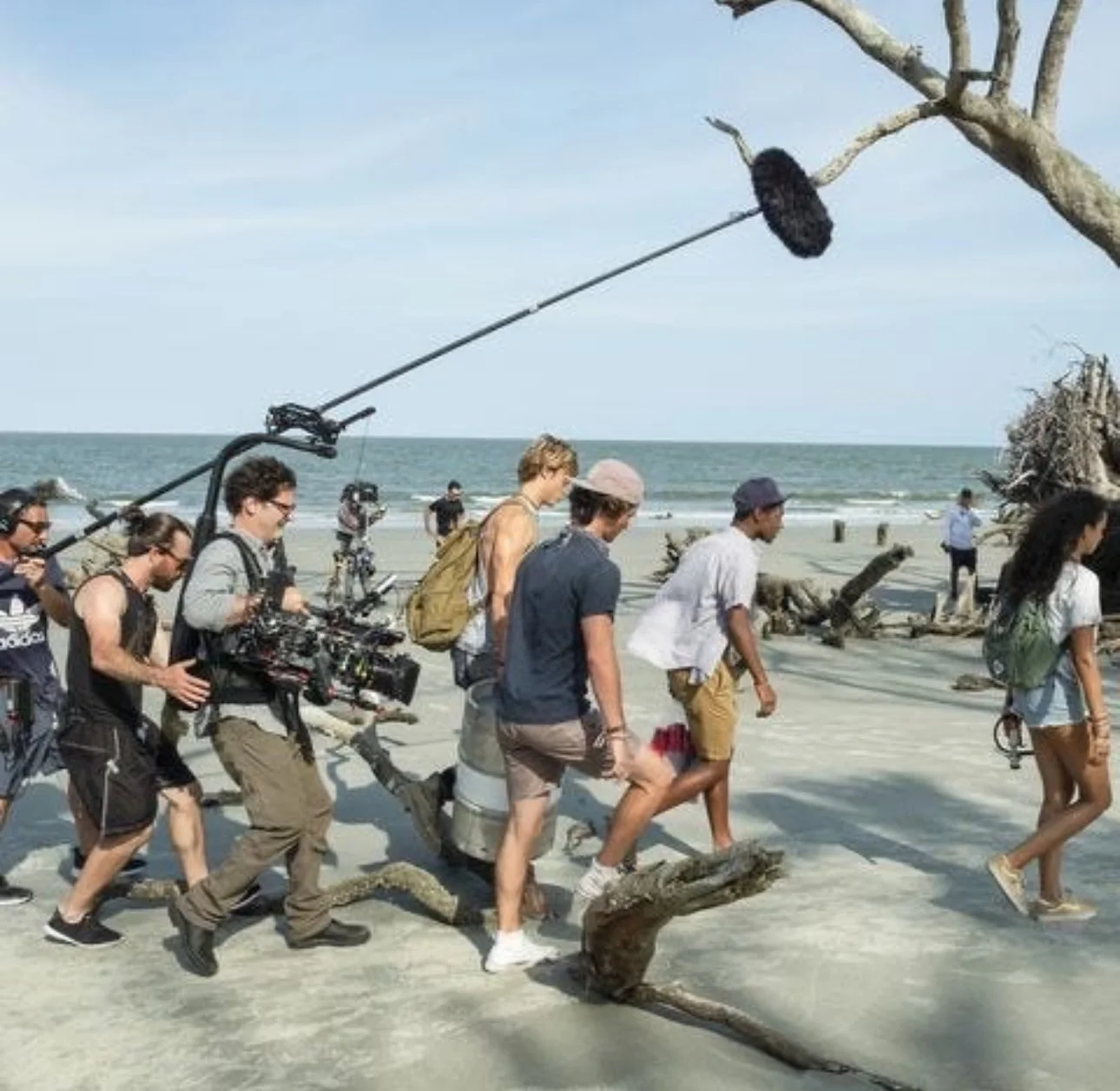Content: Cinema or Cultural Mutilation?
By Venuki Senandi
Cinema is visual storytelling. Storytelling has evolved in the past years from word of mouth to painting to photography, then films. Recently, platforms like TikTok and youtube have provided people who don’t have the resources of a Hollywood studio executive, with the chance to tell compelling stories. And despite these movies not being shown in a cinema at large scales, it remains art, because it is an attempt to convey a message. An attempt to make people feel and think and perceive.
People have an innate need to share and cinema is an art form that allows humans to share emotional, physical and psychological experiences, visually. Therefore, in my opinion, movies shared on social media do constitute cinema and art as a whole.
A question people have pondered for long is “What is art?” and more importantly, “What makes art great?”. In the context of cinema, and in my opinion, art is a visual medium to make people feel. To feel something, anything, but as an audience, to know that you have just been provided with a valuable experience by consuming this media. Good movies make you feel things intensely and deeply. Great movies leave you with the possibility of new perspectives. Art makes you feel. Art makes you think. Content I have consumed on YouTube and TikTok have done both for me. Notably, Emma Chamberlain’s vlogs which utilize a very intimate style of narrating the events of her life are a great example of content I consider cinema. She used her passion for storytelling, editing and sound design to craft relatable videos for her massive audience who grew up with her.
Taking into consideration that the artist’s intentions affect our perception and interpretation of art, I think cinema exists on these platforms. Creators like Casey Neistat who made a video every single day, each with a story of its own, have revolutionized the way we consume philosophies and ideologies by challenging the audience to think about and feel things they haven’t before. Many artists create entirely new worlds using their social media platforms, that audiences can immerse themselves in. The channel “Nobody” does an exemplary job at this by building and showcasing an eerie alternate reality of liminal spaces that has gained the attention of millions online.
There is a market for all sorts of cinema on social media platforms. In the age of haters and keyboard warriors, one must also ask why some creators that we seemingly loathe blow up and maintain massive followings. It is because trash to one person can be art to another. Social media content goes viral because it entertains, educates or both. A mega-viral video is mega-viral because it’s been shared among millions of people. After all, they resonate with it in some way. It may be a useful cooking tip, a joke, a skit, a clip from a short film, a video essay, or even an ASMR video. There will always be an audience for it.
A personal example of this is Nikocado Avocado who posts ASMR eating videos that pull in millions of views per video. I despise this style of video but evidently, millions think otherwise. While I find this content disturbing due to my own sensory issues and also the fact that I disagree with the ethics of the creation of this art, it still makes people feel something. It still provides people with entertainment value, just as films do. This only goes to show that cinema does not only constitute big-budget Hollywood movies, but anything that brings an audience entertainment value.
Intention matters. Cinema can be cinema even when the creator did not intend for it to be. Sometimes, writers may record themselves reciting prose from a recent creative burst and such a video may spontaneously go viral. Now the writer in this example does not intend for this to be a viral video, but as a result of the algorithm gods, it does, and millions interpret this video to be cinema.
On the other hand, an artist may put a lot of effort into carefully crafting a video they hope will be seen by the intended audience, and it completely flops, reaching an audience that this content was not made for. This may result in the intended piece of cinema being perceived and interpreted in ways that the artist did not aim for. Moreover, knowing the intention of the artist also affects our perception and interpretation of cinema.
YouTuber Alex Kister does an exceptional job making his intentions clear, and makes waves in analogue horror with his Mandela Catalog web series. Ambitiously, he set out to create the mandela catalog in summer college because the idea moved him so much to the point where he created an alternate world with insane detail at the age of 17. That is artistry to me.
Although cinema started as a nearly impossible medium of visual storytelling to access, it has become much more accessible over the past two decades and the art form has grown with the uprising of smart technology. Everyone has a camera and editing suit in their pockets now.
With this technological evolution, new artists, art styles and niches have emerged and both the artist and audience immerse themselves in this cycle of creation and consumption. The fact that YouTube and TikTok have not died off like previous apps is a testament to the impact content put out on these platforms has on society as a whole.
Gone are the days when only the likes of Martin Scorsese and Steven Spielberg ruled cinema. Social media gives the rest of us a fighting chance. While we may be reluctant to admit this collectively, in my opinion, social media content is cinema and art.



